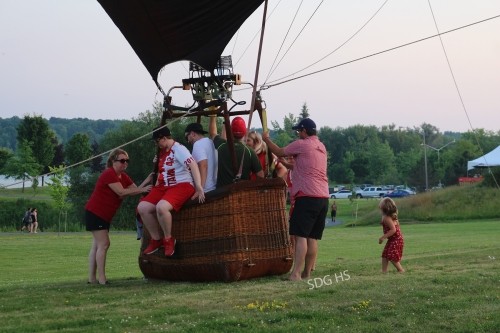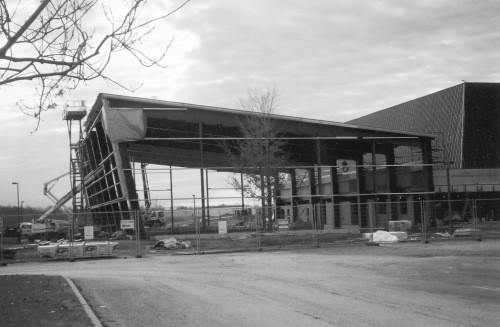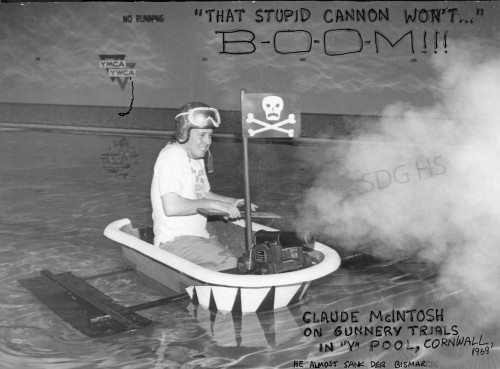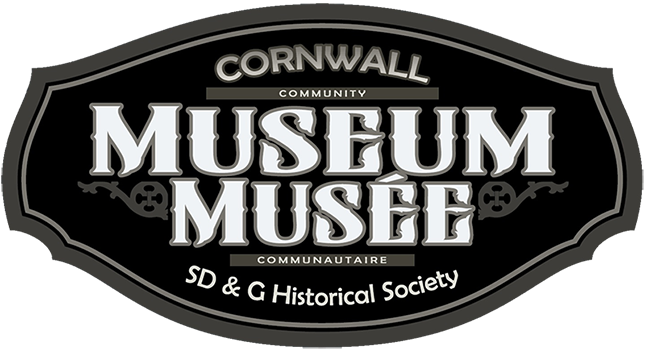Museum Blog - Jan 2020
Locally, the Bath Tub Derby was born in 1968 when eight locals sat down to organize it, using a dog-eared photo of the World Championship in Nanaimo, BC for inspiration. The Derby was preceded by the Great St. Lawrence Endurance Race from Brockville to Cornwall, passing over the Hydro Dam into the remains of the Cornwall Canal to the finish line at the foot of the Augustus Street swing bridge.


In the 1970 inaugural International Seaway Bathtub Derby race 15 tubs started … six arrived afloat and under their own power at Johnstown, just east of Prescott. Each tub was accompanied by a rescue boat.
One tub swamped twice in the first seven kilometers … another gave Ewan Girard the Derby altitude record by turning a complete somersault when it smacked into a two meter wave at 29 knots. Modified tubs – “tubs with souped-up or special racing motors” – made their first appearance at the Derby in 1970


The August 1970 event drew 19 floats which travelled along Pitt Street to the Cornwall Canal.


Many of the photos posted here were taken by Marcel Quenneville. In one of his columns he recalled heading to the Standard-Freeholder basement darkroom one spring 1970 evening only to spot three of his work buddies on their knees building a bathtub boat, preparing for the 3-day International event a few months away.
“Dances were held, but the main attraction was on Saturday afternoon when the races occurred,” said Quenneville. “People started arriving two hours before the event. By mid-day police estimated 20,000 had lined the canal watching this amusing spectacle.”


The 1970 tub race was the last of its kind in the city, and the Cornwall Canal, with its 35 acres of waterfront property, was offered to the City for a token $1 in spite of considerable heated debate. In the autumn of 1971 a major portion of the remaining post-Inundation canal opposite the original Square Mile town was filled and levelled with topsoil. The majority of the 11.5 mile Cornwall Canal had already disappeared in 1958 with the Inundation that wiped out the now Lost Villages, created Lake St. Lawrence / the head pond for the Saunders Generating Station and in the following year, the official opening of the St. Lawrence Seaway for international shipping. The maze of power lines on the north canal bank were vaulted underground. The photos below are from the Cornwall Electric collection.


The former canal lands continue to evolve, forming what most consider to be Cornwall’s waterfront gem.



Here is a small collection of miscellaneous photos from Tub Races lifespan :



